Have you ever wondered why some documents look neat while others don’t? The secret might be the font you choose. Fonts are like the clothes that words wear. They can make your writing look clear and easy to read. Picking the best font for word documents is important. It helps your words look smart and professional. Let’s explore which fonts are the best for your next project.
Key Takeaways
- Calibri is popular for its clean look.
- Arial is easy to read on screens.
- Times New Roman feels traditional and formal.
- Choosing the best font for word documents is key.
- Fonts can change the feel of your writing.
Why Calibri Stands Out

Calibri is a sans-serif font known for its clear and simple appearance. It was introduced by Microsoft in 2007 and quickly became a favorite for word documents. Many people like it because it reads well on screens and paper. When you open a new document in Microsoft Word, Calibri is often the default choice. It’s a small font, which means you can fit more words on each page. This is handy if you have a lot to say but want to keep your document neat. Because of its modern look, Calibri is a great choice for business letters, school papers, and more.
- Clear and simple design.
- Easy to read on screens.
- Default font in Microsoft Word.
- Modern and professional look.
- Fits more words on a page.
Calibri’s straightforward style makes it ideal for many different kinds of documents. Whether you’re writing a report, a letter, or even a story, Calibri can be the perfect choice. It doesn’t distract the reader from the content and lets your words shine through. Fonts like Calibri can make your documents look polished and professional. If you want to impress your teacher or boss, consider using Calibri.
Fun Fact or Stats: Calibri won the TDC2 2005 award for its design.
What Makes Calibri Unique?
What sets Calibri apart from other fonts? For starters, Calibri is a sans-serif font. This means it doesn’t have little lines at the end of each letter. This gives it a clean and modern look, perfect for digital screens. Did you know that Calibri was designed to replace Times New Roman as the default font in Microsoft Office? This change made documents look less crowded and more readable. Many people find Calibri easy on the eyes, making it a top choice for long reading sessions. Next time you write a paper, try using Calibri and see if it makes a difference!
When to Use Calibri
Is there a best time to use Calibri? Think about the type of document you are creating. If you want something formal but approachable, Calibri is a fine choice. It’s great for school essays, business letters, and even personal notes. Calibri’s simple style suits both formal and casual writing. So, would using Calibri make your document better? If you want your document to be readable and modern, the answer might be yes. Give it a try and see how your work improves!
Is Calibri Right for You?
Are you wondering if Calibri is right for your document? Consider the tone you want to set. Calibri is straightforward and neat, perfect for when you want your words to be the focus. It’s not too fancy or distracting. This makes it ideal for clear communication. If you’re writing something that needs to look professional, Calibri is a safe bet. Try it out and see if it makes your writing look polished. Calibri might just become your new favorite font!
Exploring the Charm of Arial

Arial is another popular font choice for word documents. It is a sans-serif font, just like Calibri. Arial has been around since 1982, making it a classic choice for many writers. Its clean lines and modern style make it ideal for digital screens. Arial is often used for online articles, presentations, and emails. It’s a versatile font that can suit many different types of documents. People appreciate Arial’s simplicity and find it easy to read.
- Simpler than many older fonts.
- Great for online reading.
- Common in digital documents.
- Modern and clean design.
- Widely used for presentations.
Arial’s charm comes from its straightforward design. It is easy to read on both small and large screens. This makes it perfect for digital content. If you’re creating a PowerPoint presentation or writing an email, Arial can be a reliable choice. Its adaptability means it can fit any mood or tone you want to set. Arial is a font that has stood the test of time, proving its worth in various writing tasks.
Fun Fact or Stats: Arial was designed to be similar to Helvetica.
Why Choose Arial?
Why do so many people choose Arial? One reason is its wide availability. Arial comes pre-installed on most computers, making it a convenient choice. But what makes Arial truly special is its readability. Even people with vision difficulties find it easy to read, thanks to its large, clear letters. Arial doesn’t have the extra lines you’ll find in serif fonts, which keeps the letters looking smooth and simple. Whether you’re writing an important report or a simple email, Arial can help your words look their best.
Perfect Situations for Arial
When is the perfect time to use Arial in your document? Arial is well-suited for online content. Its legibility on screens makes it ideal for websites and blogs. If you’re preparing a digital presentation, Arial will ensure your text is visible and clear. Many companies prefer Arial for internal documents because it is professional and clean. The next time you’re unsure which font to choose, remember Arial’s versatility and consider giving it a try.
Is Arial the Best Choice?
Is Arial the best font for your document? It depends on what you need. Arial’s modern look makes it great for digital use. Its clear letters ensure your message is easy to read. Whether you’re working on a school project or a business report, Arial gives your words a neat appearance. If you want a font that is widely recognized and trusted, Arial is hard to beat. Consider using Arial in your next document to see how well it fits your needs.
Times New Roman: A Classic Choice
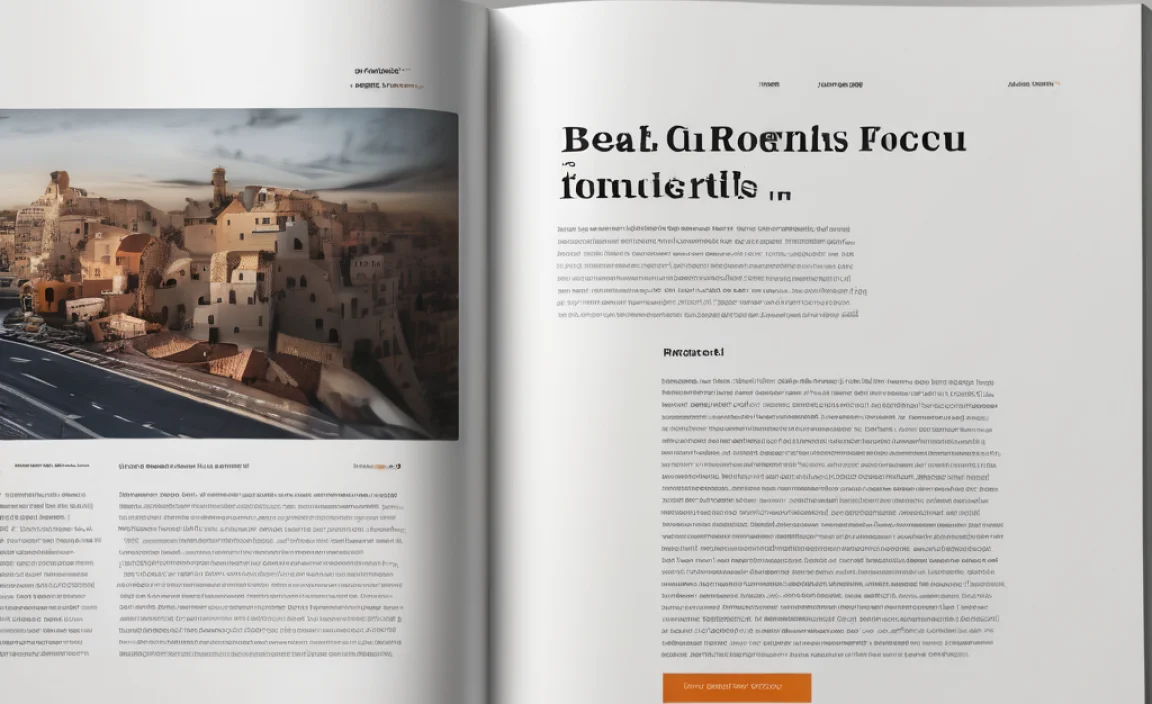
Times New Roman is a serif font known for its traditional style. It has been a favorite for many since the 1930s. This font is often used in newspapers, books, and official documents. Its classic look makes it ideal for formal writing. Many academic papers and resumes use Times New Roman. It has a serious and professional tone that many writers appreciate. If you’re aiming for a traditional look, this font is a smart choice.
- Traditional and professional style.
- Popular in academic papers.
- Common in printed books.
- Ideal for formal documents.
- Reliable for serious writing.
Times New Roman carries a sense of authority. It has been trusted by writers and publishers for decades. Its serif style, with small lines at the ends of each letter, gives it a classic touch. If you want your writing to look formal and polished, Times New Roman is a dependable option. It’s perfect for when the content needs to be taken seriously. Choose Times New Roman for projects that require a traditional feel.
Fun Fact or Stats: Times New Roman was designed for The Times newspaper.
Why Times New Roman?
Why do many people still choose Times New Roman today? Its classic style offers a sense of reliability. When you see Times New Roman, you might think of newspapers or important documents. This font gives a feeling of trust and seriousness. It’s a great choice for when you want your words to have authority. Times New Roman is also easy to read, making it suitable for long texts. Whether you’re writing a novel or a report, Times New Roman will not disappoint.
Perfect Situations for Times New Roman
When is Times New Roman the perfect choice for your document? If you’re working on a formal paper or a legal document, Times New Roman is ideal. Its traditional look provides the seriousness required for official writing. This font is also great for long books because it keeps the text neat and organized. If you want your writing to be taken seriously, consider using Times New Roman. It’s a classic choice that never goes out of style.
Is Times New Roman Right for You?
Is Times New Roman the right font for your project? Think about the tone you want to set. If you need something that feels traditional and formal, Times New Roman is a good bet. It’s great for academic and professional writing. This font helps your words carry weight and importance. If you want your readers to focus on your message, Times New Roman can support that. Try using it in your next project to see if it fits your needs.
Georgia: Modern Yet Elegant

Georgia is a serif font that combines modern and classic elements. It was created in the 1990s to be readable on screens and in print. Its elegant style makes it a popular choice for many writers. Georgia’s letters are slightly larger than other fonts, making them easy to read. This font is perfect for websites, magazines, and brochures. It has a friendly feel that invites readers in.
- Combines modern and classic styles.
- Readable on screens and paper.
- Elegant and friendly look.
- Great for magazines and websites.
- Appealing and inviting for readers.
Georgia’s unique style makes it stand out among serif fonts. Its design is both traditional and fresh, which is appealing to a wide audience. Georgia is used in many online articles and blogs because it is easy on the eyes. If you want your writing to have a touch of elegance, Georgia is a superb choice. It’s a font that brings together the best of both worlds, offering a modern twist on a classic design.
Fun Fact or Stats: Georgia was created by Matthew Carter in 1993.
Why Choose Georgia?
Why might Georgia be the right font for your document? Georgia’s beauty lies in its balance. It is both elegant and readable, making it suitable for many different types of writing. Whether you’re designing a website or creating a flyer, Georgia’s style can match your needs. Its larger letters help ensure your message is clear, even from a distance. If you want a font that is both sophisticated and approachable, Georgia is worth considering. Try it out, and you might just fall in love with its charm.
When to Use Georgia
When is it best to use Georgia in your writing? If you’re working on a project that requires both style and readability, Georgia is a great choice. It’s perfect for printed materials like brochures or catalogs. The font is also excellent for digital content, where clear communication is key. Georgia’s design ensures your words are easy to read, whether in print or on screen. Consider using Georgia to give your writing an elegant touch.
Is Georgia the Right Font?
Is Georgia the font for you? It depends on your writing goals. Georgia is ideal if you want to create a welcoming and elegant atmosphere. It’s perfect for when you want your words to flow smoothly. If you’re writing something that needs to look both classy and clear, Georgia is a top choice. Try Georgia in your next project to see if it gives your writing the flair you’re looking for.
Verdana: Clear and Simple
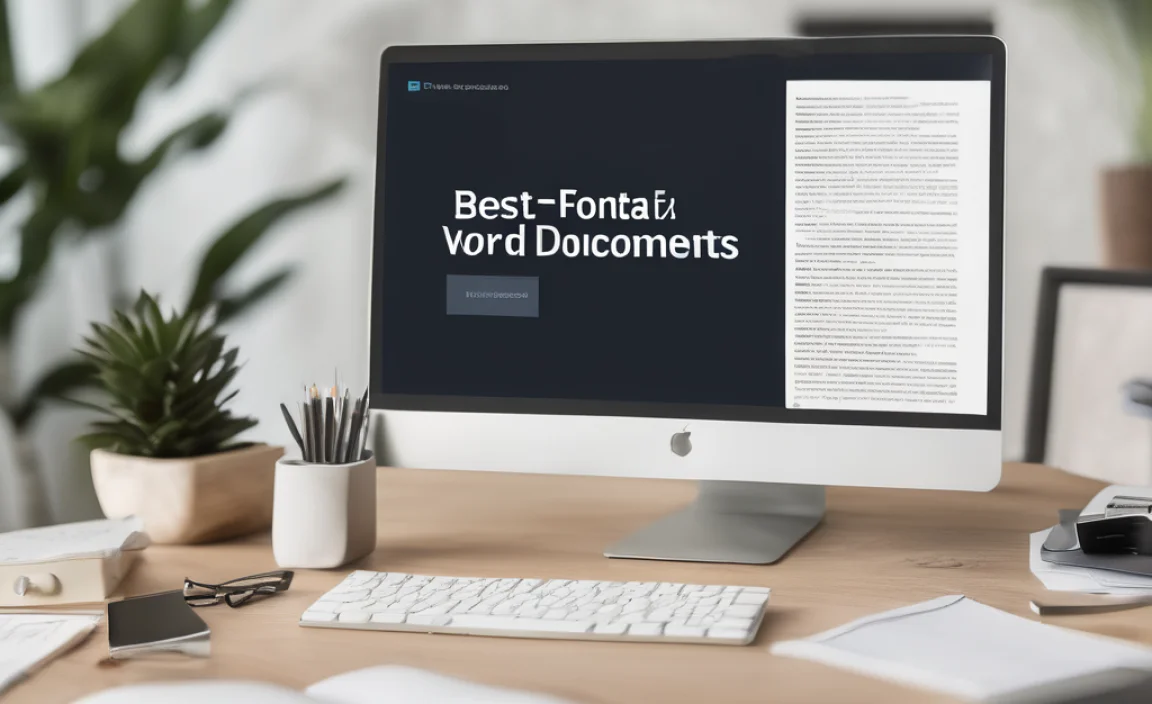
Verdana is a sans-serif font designed for maximum readability. It was created in the 1990s specifically for computer screens. Verdana’s large letters and wide spacing make it very easy to read. It’s a great choice for websites and digital documents. Verdana works well for both small and large text sizes. Its simplicity and clarity make it a favorite for many writers.
- Designed for computer screens.
- Large letters for easy reading.
- Wide spacing for clarity.
- Perfect for digital content.
- Simple and straightforward style.
Verdana’s straightforward design makes it ideal for many types of writing. If you want your content to be clear and easy to understand, Verdana is an excellent choice. Its clean lines ensure your message is communicated effectively. Whether you’re creating a website or editing a document, Verdana offers the readability you need. It’s a reliable font that helps your words stand out.
Fun Fact or Stats: Verdana was designed by Matthew Carter in 1996.
Why Verdana Stands Out
What makes Verdana stand out from other fonts? Its clarity and simplicity make it unique. Verdana’s design ensures that each letter is distinct, reducing confusion. This is especially important for digital content, where quick reading is necessary. Verdana’s wide spacing also helps prevent eyestrain during long reading sessions. If you want your writing to be easily understood, Verdana is a smart choice. Give it a try and see how it improves your document.
When to Use Verdana
When is the best time to use Verdana in your writing? Verdana is perfect for digital content like websites, blogs, and online articles. Its clarity ensures your message is clear, even on small screens. Verdana is also great for presentations, where readability is crucial. If you want your audience to easily understand your points, Verdana can help. Try using Verdana in your next project to see how it enhances your writing.
Is Verdana Right for You?
Is Verdana the right font for your project? Consider the importance of readability. If your document needs to be clear and straightforward, Verdana is a top choice. Its large letters and simple style ensure your message is easy to read. Whether you’re working on a school project or a business report, Verdana can help your words shine. Test it out and see if it meets your writing needs.
Conclusion
Choosing the best font for word documents can change how your words are seen. Fonts like Calibri, Arial, Times New Roman, Georgia, and Verdana each offer unique benefits. Each font adds a different feel to your writing. Think about your project’s tone and purpose. Choose the font that best matches your goals. Experiment with different fonts to find your favorite. Happy writing!
FAQs
Question: What is the best font for word documents?
Answer: The best font depends on your document’s purpose. Calibri, Arial, and Times New Roman are popular choices. Each has its own style, making them suitable for different types of writing.
Question: Why is Calibri a good choice?
Answer: Calibri is a clear and simple font. It’s easy to read on screens and paper. Many people use it for business letters, school papers, and more. Its modern look makes documents appear neat and professional.
Question: Is Arial only for digital screens?
Answer: No, Arial works well in both digital and print formats. It’s versatile and easy to read. Many use it for online articles, presentations, and emails because of its clean and modern style.
Question: Why choose Times New Roman?
Answer: Times New Roman is perfect for formal and academic writing. Its traditional style gives documents a professional tone. It is commonly used in newspapers, books, and official papers.
Question: What makes Georgia special?
Answer: Georgia is a serif font that is both modern and classic. It is elegant and easy to read on screens or paper. Georgia’s larger letters make it perfect for websites, magazines, and brochures.
Question: Is Verdana good for printed documents?
Answer: Verdana is primarily designed for screens but also works well in print. Its readability makes it a great choice for digital content. Its large, clear letters make text easy to understand, even in small sizes.
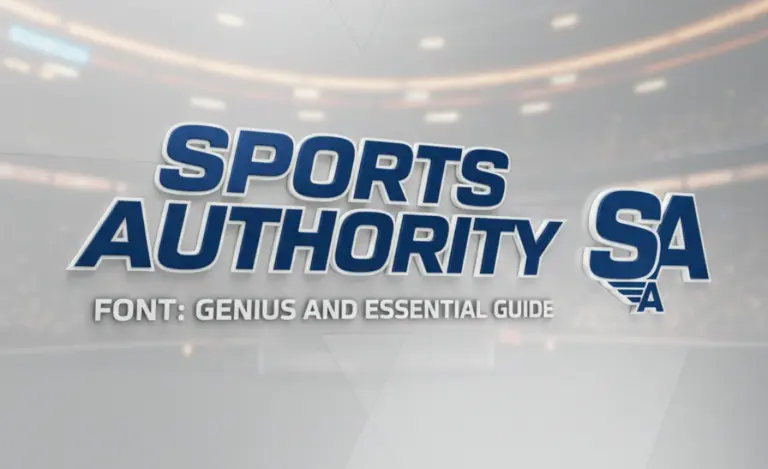
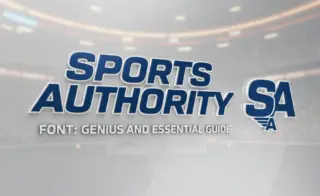
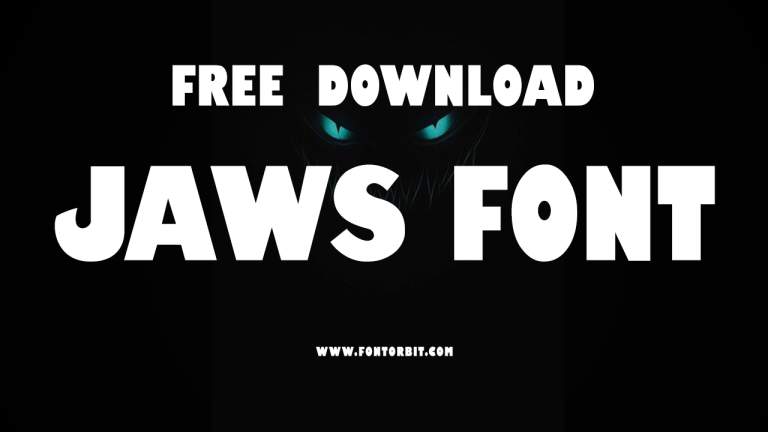
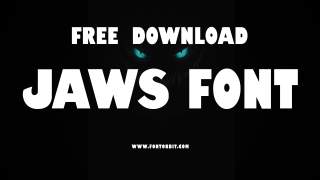
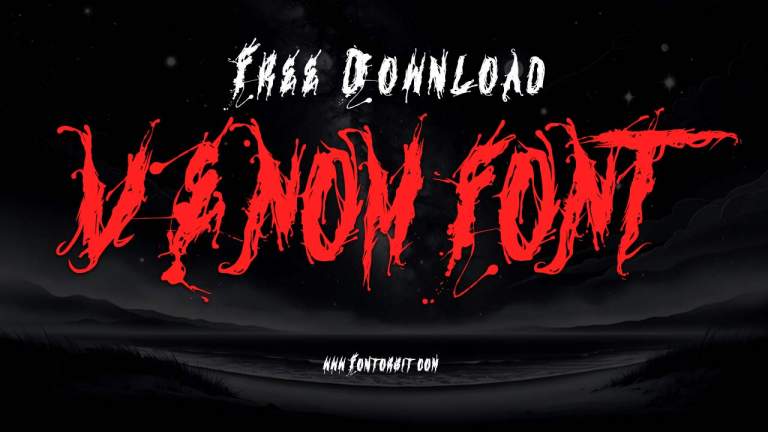
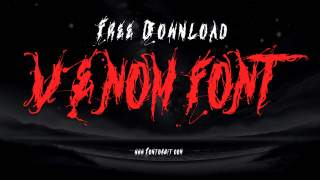
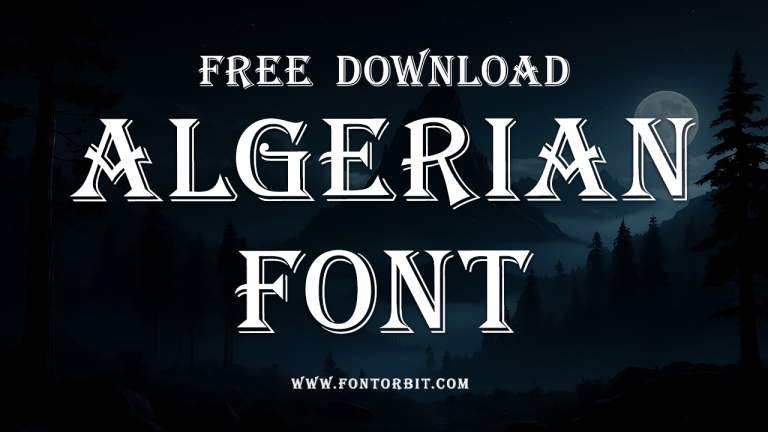
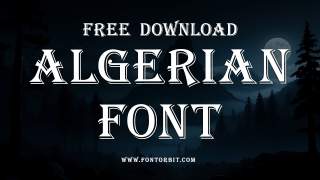
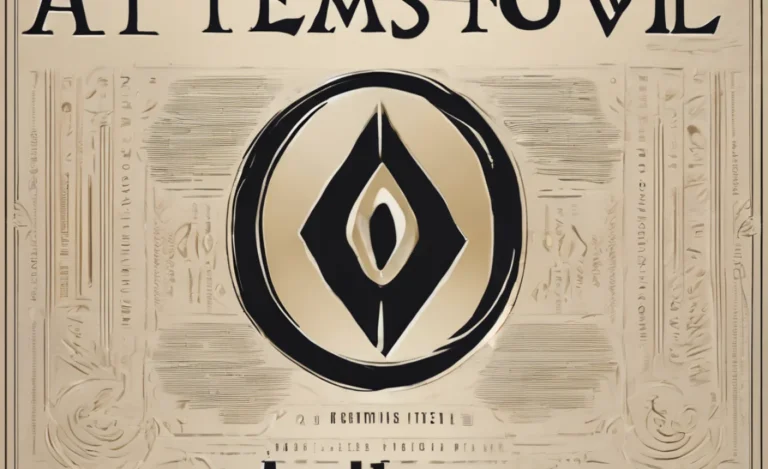
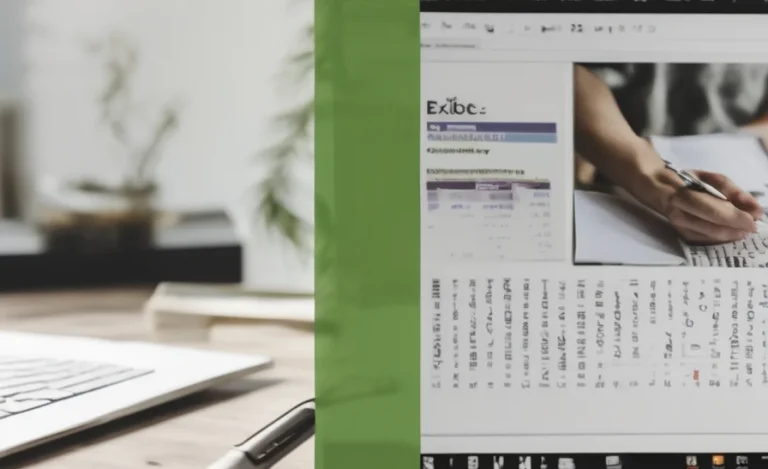
Leave a Comment